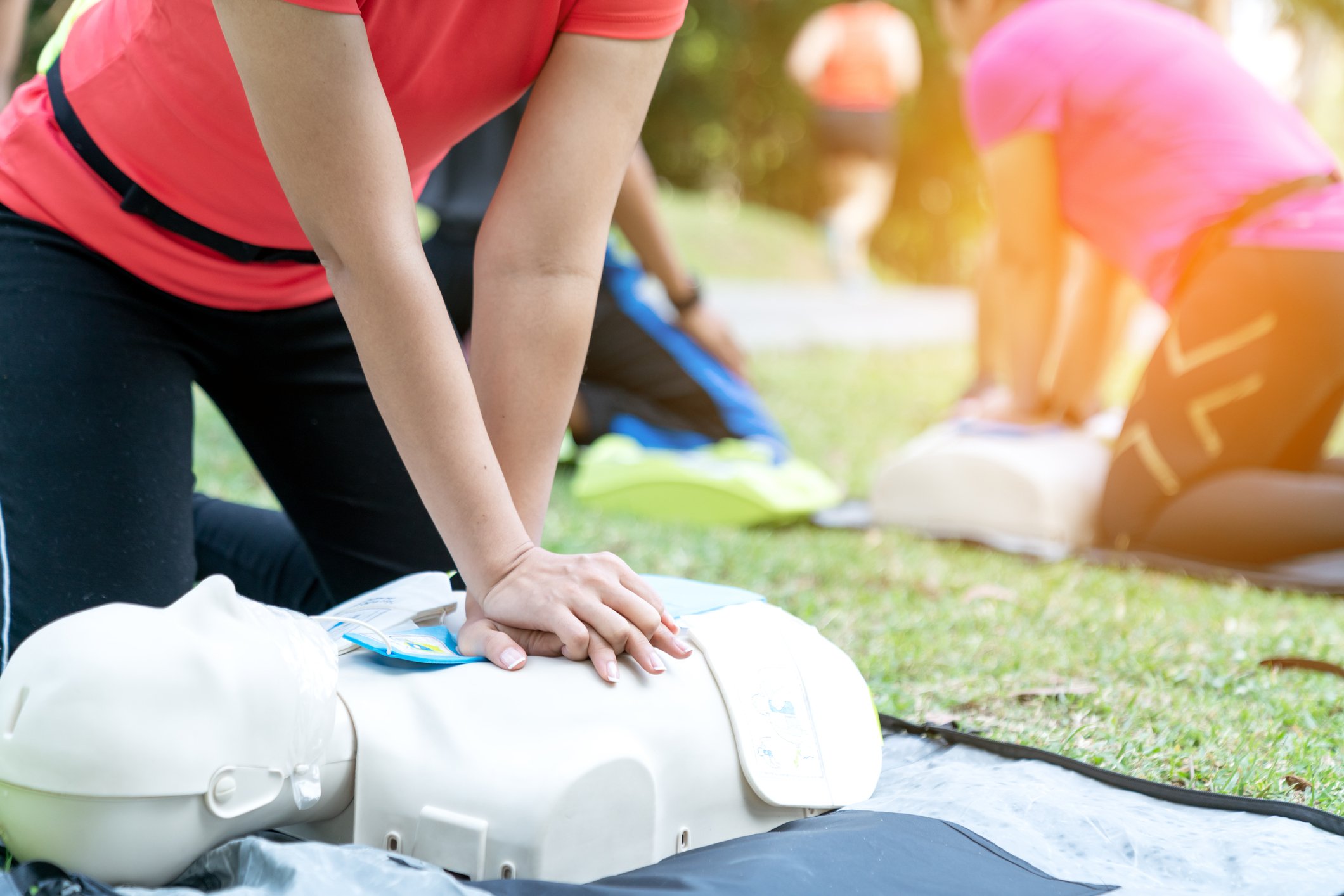 The rapid worldwide spread of the novel coronavirus has compelled many seemingly impossible choices: Hospital administrators have had to choose between forcing people to die alone and potentially spreading the virus to others; labor and delivery units must now weigh separating birthing people from their partners or risking transmitting the virus to others, including vulnerable infants. Perhaps one of the most challenging conundrums during this pandemic has been managing the simple realities of CPR.
The rapid worldwide spread of the novel coronavirus has compelled many seemingly impossible choices: Hospital administrators have had to choose between forcing people to die alone and potentially spreading the virus to others; labor and delivery units must now weigh separating birthing people from their partners or risking transmitting the virus to others, including vulnerable infants. Perhaps one of the most challenging conundrums during this pandemic has been managing the simple realities of CPR.
The American Heart Association (AHA) recently changed its CPR guidelines to respond to this emerging crisis. Here’s what you need to know.
The Challenge of CPR During COVID
Though many businesses and other organizations have implemented temperature checks and told employees to stay home if they are sick, the scary reality is that 10-70 percent of COVID infections are asymptomatic. People may be able to spread the infection before they develop symptoms, and even when they never develop symptoms. First responders must assume that they are encountering people with COVID-19 daily, even if they do not show symptoms.
This presents a serious challenge: CPR can save lives, including in people in cardiac arrest because of COVID-19 complications. But CPR presents a very high risk of COVID transmission. First responders cannot rely on patients in cardiac arrest to report their symptoms; family members may not know whether the patient has COVID; and even a negative COVID test is not a guarantee that a person does not have this illness.
With a 5.58 percent case fatality rate in the U.S. that soars even higher in people with comorbidities, first responders take their life into their own hands when they administer CPR to someone whose COVID status is unknown. Worse still, the long-term effects of COVID remain a mystery, though early data suggests it may cause long-term disabilities in a significant portion of infected people. Doing your job now means balancing your health with that of those for whom you must care.
New CPR Guidelines
Chest compressions, even without rescue breaths, offer many of the same benefits as rescue breaths and compressions together. For this reason, the AHA now recommends using chest compressions only in adult patients with suspected or confirmed COVID. Additionally, because chest compressions can generate aerosols that spread COVID even without mouth-to-mouth contact, first responders and anyone else delivering care to suspected COVID patients should wear protective equipment such as an N95 mask or equivalent, and protective eyewear. Some other recommendations include:
- In infants and those for whom a breathing issue has triggered cardiac arrest, rescue breaths may still be the best option. If no one is able or willing to administer rescue breaths, chest compressions are still superior to no intervention at all.
- Minimize the number of personnel in a room during CPR and similar procedures.
- Ask family members and other bystanders to step back from patients so as to avoid spreading COVID to them.
- Where possible, use automatic external defibrillation for hands-off care that can still save lives.
Other Recommendations
In addition to the new AHA guidelines, these common-sense interventions may help keep you safe:
- Assume all patients—and all people with whom you interact—are COVID positive, and adopt appropriate protective strategies.
- Avoid close quarters and close personal contact to the greatest possible extent.
- Wear gloves, but recognize that this is not enough when you touch multiple surfaces, then patients, or your own face.
- Never reuse disposable equipment, and disinfect and sterilize all reusable equipment before storing it.
- Do not store anything that makes direct contact with patients in an uncovered container or in common areas where it might be contaminated.
- Consider treating patients where you find them rather than transporting them to indoor settings where the infection spreads more easily.
Rapidly clearing an obstructed airway can prove life-saving. In some cases, it may even obviate the need for CPR, particularly in hospital settings or when first responders can respond quickly in prehospital settings. The right equipment can save patients. In a time of crowded hospitals and overflowing ICUs, portable emergency suctioning enables you to tend to patients wherever they need care. For assistance finding the right machine for your agency’s needs, download our free guide, The Ultimate Guide to Purchasing a Portable Emergency Suction Device.














